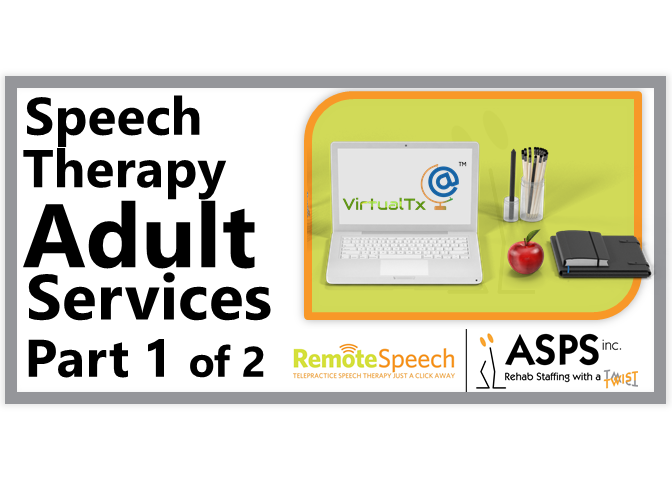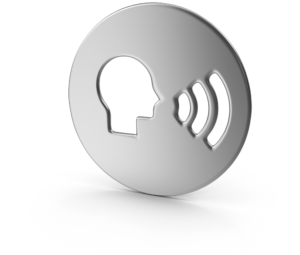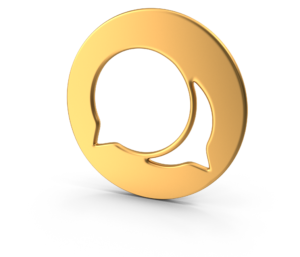
In the world of speech pathology, special care is given to children and adolescents with speech disorders, as it is recognized that both verbal and non-verbal communication play an urgent role in a child’s growth and development. Great care is given to acknowledge the value of a child’s ability to communicate with the world around them. As a result, quantitative research has enabled the industry to make great strides on the value of early intervention. However, the qualitative value (that cannot be measured in numbers) gets less attention. Adults suffering from communication disorders face similar challenges – how do you quantify the value of being able to communicate? What contributions does communication make to a person’s quality of life? How does a communication deficiency affect the individual and those closest to them? Communication is not a luxury – it is essential. We believe that the first step in addressing stigmas and changing attitudes is through education. In this series, we are going to put a spotlight on speech-language pathology for adults. We will start by highlighting the leading causes and conditions in adults that could benefit from speech therapy. To accomplish this goal, we have identified the five leading conditions that should be addressed with speech therapy. For each condition, we have taken medical designations and further explained them in relatable terms with which we can easily identify. We seek to ask: How common are these conditions? What are the causes? What are the symptoms? Who are subject to these conditions, and what does treatment look like? In part 3 of our series, we will examine how effective treatment programs improved the life of the patient by referencing adult patients of RemoteSpeech (we have changed their names and modified their details to remain in compliance with HIPPA regulations).

Apraxia is a loss of the ability to use or understand language. Aphasia is an acquired communication disorder that impairs a person’s ability to process language, but does not affect intelligence. Aphasia impairs the ability to speak and understand others. This disorder can make saying the right sounds and words very difficult. Apraxia is a motor speech disorder, that varies by complexity. How serious your apraxia depends on what type of brain damage you have. Apraxia can happen at the same time as other speech or language problems. You may have muscle weakness in your mouth. This is called dysarthria. You could also have trouble understanding what others say or telling others what you are thinking. This is called aphasia. As the American Speech and Hearing Association (ASHA) explains:
“To speak, messages must go from your brain to your mouth. These messages tell the muscles how and when to move to make sounds. When you have apraxia of speech, the messages do not get through correctly due to brain damage. You might not be able to move your lips or tongue the right way to say sounds. Sometimes, you might not be able to speak at all.”
There are two main types of AOS: acquired apraxia of speech and childhood apraxia of speech.
The incidence of apraxia refers to the number of new cases identified in a specific time period. The prevalence of apraxia refers to the number of individuals who are living with AOS in a given time period. There are no reliable data on the incidence and prevalence of AOS in adults due to challenges associated with the common co-occurrence of apraxia with aphasia and dysarthria. Collection of data is also challenging due to difficulty distinguishing among those disorders—particularly in distinguishing between apraxia characteristics and phonological errors that can occur in aphasia. Duffy (2013) observed that Apraxia was documented as the primary, but not necessarily the only, communication disorder for 6.9% of all motor speech disorders in the Mayo Clinic Speech Pathology practice. This percentage would undoubtedly increase drastically if the data included cases in which AApraxia was a secondary communication disorder (e.g., less severe than aphasia or dysarthria; Duffy, 2013; pp. 269–270).
Apraxia is caused by any process or condition that compromises the structures and pathways of the brain responsible for planning and programming motor movements for speech. Any type of brain damage can cause apraxia. Causes most often include:
Specifically, damage to the parts of the brain that control how your muscles move causes apraxia of speech.
If you have apraxia, you may experience these symptoms:
A speech-language pathologist will tailor your treatment regimen to address your specific needs. Treatment might include therapy to improve the following:
In severe cases, patients might be required to employ augmentative and alternative communication – or, methods to find other ways to communicate (simple hand gestures, writing, pointing to letters or pictures, using a computer…etc)

As The American Speech Hearing Association (ASHA) explains: “Aphasia is a language disorder that happens when you have brain damage. Your brain has two halves. Language skills are in the left half of the brain in most people. Damage on that side of your brain may lead to language problems. Damage on the right side of your brain may cause other problems, like poor attention or memory.”

“We use many muscles to talk. These include muscles in our face, lips, tongue, and throat, as well as muscles for breathing. It is harder to talk when these muscles are weak. Dysarthria happens when you have weak muscles due to brain damage. It is a motor speech disorder and can be mild or severe.”

To provide high-quality speech and language therapy, occupational therapy, evaluations, accent modification, and educational psychology services to clients of all ages.